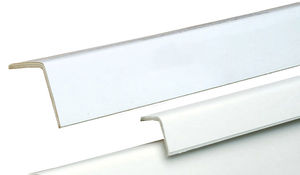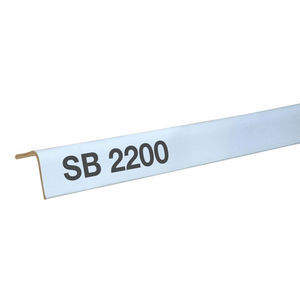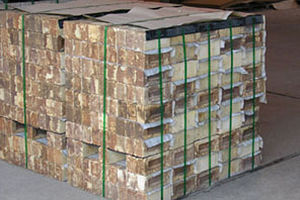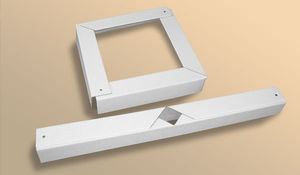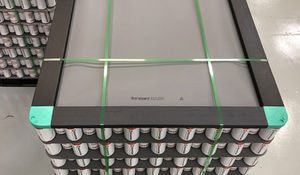
- Products
- Paper film
- SIGNODE
- Products
- Catalogs
- News & Trends
- Exhibitions
Paper sheet for palletanti-slip


Add to favorites
Compare this product
Characteristics
- Material
- paper
- Applications
- for pallet
- Other characteristics
- anti-slip
- Width
770 mm, 970 mm
(30.31 in, 38.19 in)- Length
117 mm, 1,170 mm
(4.61 in, 46.06 in)
Description
Stabilise your products and reduce movement between the stacked layers during shipping and handling.
Antislip paper sheets, also known as anti-slip, non-slip, grip or grab sheets, stabilise your products and reduce movement between the stacked layers during shipping and handling.
You can use antislip sheets in many different ways:
• On top of pallets or slipsheets to prevent rising damp, protect products from pallet roughness, stabilize the initial layers of product, and to constitute the bond between the wooden or plastic pallet with the load.
• Between layers of products to increase packing solidity, product stability and possibly allow increased pallet quantities saving on shipping costs
• On top of products in the case of stacked pallets, to prevent slippage and friction, in order to protect the last layer of products from possible damage by wooden pallets, dust and inclement weather.
Features and Benefits
• Minimise Damage
Support your team by minimising damage to pallets during loading and unloading.
• Optimise Loading
By adding increased layers with additional stability, loading is simpler. Optimisation of warehouse surfaces and the volume loading of trucks and containers.
• Packaging Reduction
Possible reduction of secondary or tertiary packaging, while using 100% recyclable and reusable antislip sheets.
• Technical Test Results
The slip angle is up to 40 degrees and there is up to 8 hours of resistance to water penetration.
Catalogs
No catalogs are available for this product.
See all of SIGNODE‘s catalogs*Prices are pre-tax. They exclude delivery charges and customs duties and do not include additional charges for installation or activation options. Prices are indicative only and may vary by country, with changes to the cost of raw materials and exchange rates.






